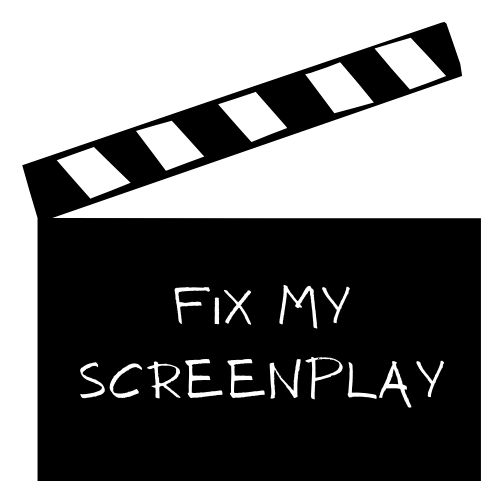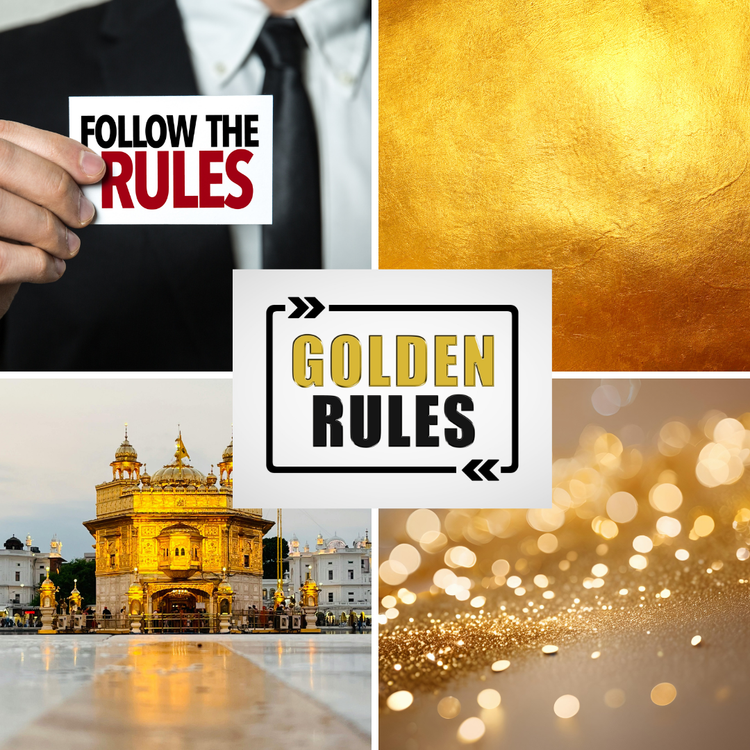Free e-Book from Director Lee Chambers (Free Subscription)

In this newsletter, Free e-Book from Director Lee Chambers (see offer below), 8-Years After Cancellation - Prison Break Makes a Stunning Return to TV (Article), Screenwriter's Routine, Goals & Discipline (Article | Chart), and The 3-Script Strategy | Insider Marketing Tip (Article).
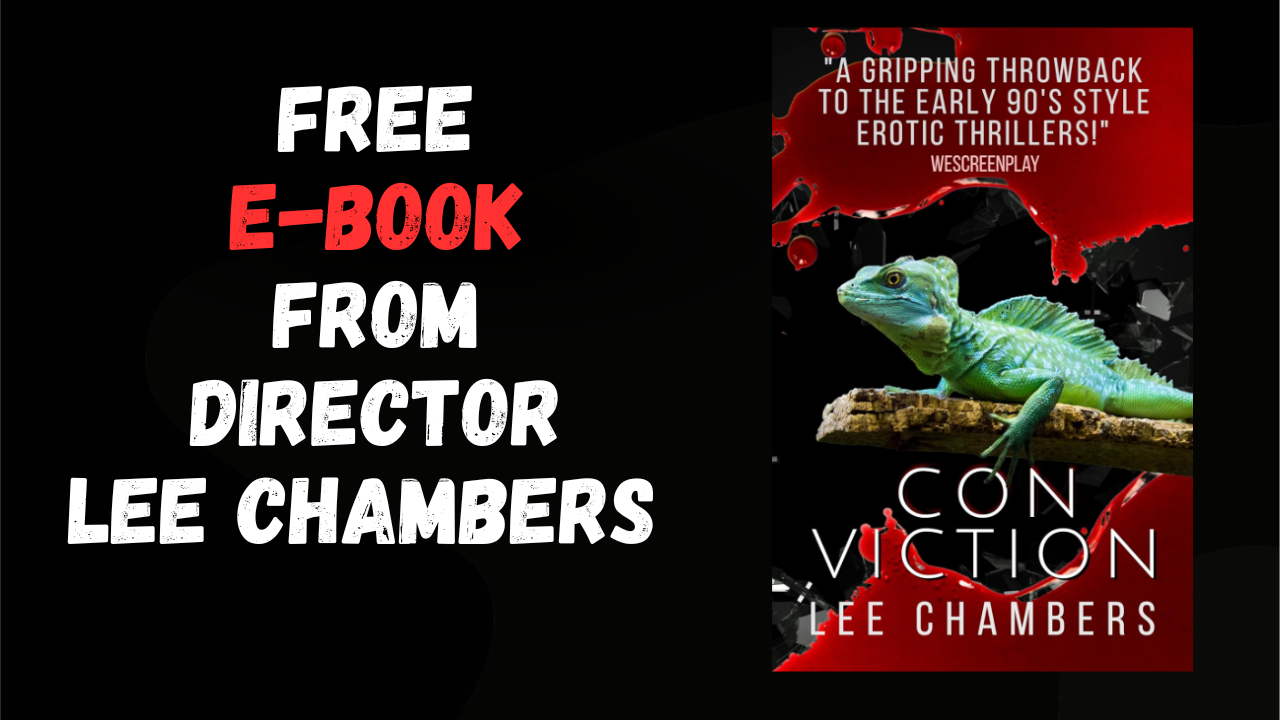
🎬 Free eBook for Screenwriters — From Director Lee Chambers! 📚✨
Here’s a treat for all my fellow storytellers! 🎥
Writer + Director Lee Chambers — featured in my Guerrilla Marketing for Screenwriters Course — is offering his e-book CONVICTION 📖 FREE on Amazon from October 23 – 25 (limited-time only!).
Lee used his book as a powerful marketing tool to get his screenplay into the hands of top Hollywood players like Rob Reiner — and it worked. 💥 His story is a perfect example of how creative persistence and smart strategy can open doors that traditional Hollywood “gatekeepers” keep shut. 🚪➡️🎬
👉 Grab your free copy of CONVICTION on Amazon (link below!) and see firsthand how Lee turned a single story into a multi-platform opportunity.
And if you haven’t yet joined the Guerrilla Marketing for Screenwriters Course, now’s the perfect time to see how real writers like Lee are breaking through industry barriers and getting noticed — without an agent, manager, or studio connection. 🚀
🎁 Don’t miss out — this free offer disappears after October 25th!
💡 Learn How He Did it Here:
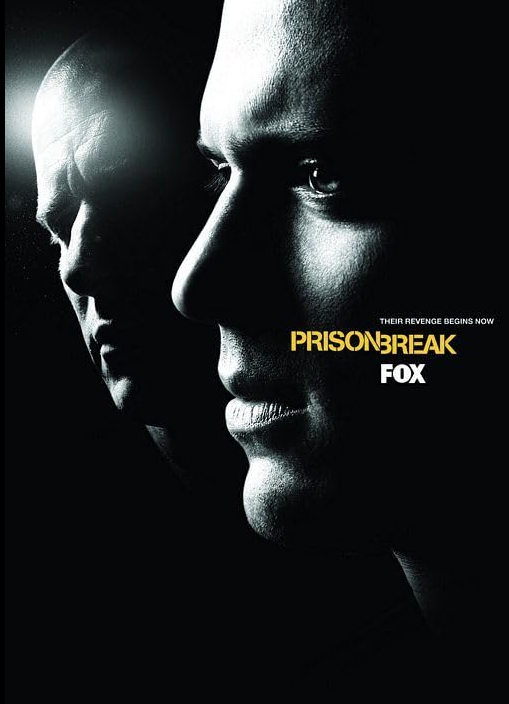
8 Years after Cancellation - Prison Break Makes a Stunning Return to TV!
When Prison Break first burst onto our screens in 2005, it quickly became must-watch television. Created by Paul Scheuring for the network Fox, the show centered on two brothers: Lincoln Burrows (played by Dominic Purcell), who has been wrongfully condemned to death for a crime he didn’t commit, and his older brother Michael Scofield (played by Wentworth Miller), a structural engineer who deliberately gets himself incarcerated in the prison his brother is in so he can break him out and clear his name. The first season premiered on August 29, 2005.
The concept was high-stakes, inventive, and serialized in a way that made viewers stay tuned: the tattooed body, the prison wardrobe, the constant tension. It was extended from an initial thirteen-episode season to a full twenty-two because of its early success. Over subsequent seasons the brothers (and their allies and enemies) traverse wildly shifting terrain: from the prison walls of Fox River, to escape, to other prisons abroad, to conspiracies involving a shadowy corporation known as “The Company”.
Why it ended (and when)
After four seasons, the show aired its final regular episodes in May 2009. (At that time, while the show had been a massive hit in its earlier years, both ratings and creative momentum were reportedly waning. According to network executive comments, the decision to conclude the series was as much about “we’ve told the story” as about numbers: one executive said the show “has just played out… you get to a point creatively where you feel all the stories have been told, and you want to end strong and not gimp out.”
Then, in 2017, after eight years of dormancy, the series returned as a limited “event revival” season (often referred to as Season 5 or “Resurrection”) with nine episodes. However, despite the fan interest, the revival did not reignite the show into a full-blown new era. By mid-2017 the show was considered cancelled again (officially or unofficially), and plans for a Season 6 were shelved. One clear factor noted by observers is that Wentworth Miller, who embodied Michael Scofield, had publicly stated he did not intend to continue playing the character or similar straight-male leads, which blocked a key part of the show’s identity.
Thus: a powerful series, a dramatic arc, a revival that teased more but didn’t deliver, until now.
The reboot and what it means
Fast forward to today, and news has emerged that the Prison Break universe is being rebooted yet again. This time under the streaming umbrella of Hulu (with international rights via Disney +) and show-run by Elgin James. Importantly, this is not simply a continuation of Michael and Lincoln’s story, the new series introduces entirely new characters, new prison setting, new stakes, though it exists in the same universe.
The logline: an ex-soldier turned corrections officer takes a job at one of America’s most dangerous prisons in order to demonstrate how far she’ll go for someone she loves. The fact that the series is being re-imagined, rather than simply resurrected, is meaningful: it acknowledges that the original story had its arc, its heroes, its conclusion, and yet the world built is rich enough to allow new stories.
Why this is worth paying attention to
- It shows that compelling storytelling is evergreen. Prison Break’s core concept, incarceration, escape, brotherhood, conspiracy, captured audiences in 2005. That it is now set for a reboot in 2025 demonstrates how strong ideas can find new life when re-imagined for new contexts.
- It proves endings aren’t always final. While the show officially ended in 2009 and again in 2017, the upcoming reboot signals that even when a series “finishes,” the universe it created can spawn new iterations. That can be a source of optimism for creators and fans alike: just because something ends, it isn’t buried forever.
- It reflects changing relationships between networks, streaming, and fandom. The original version was firmly in the network TV era; the 2017 revival was a nod to nostalgia; the 2025 reboot is decidedly streaming-era, with different expectations of audience, access and distribution. The fact that it’s moving into the streaming space underscores how content can be resurrected, re-marketed and re-imaged in this new era.
- It suggests that “anything is possible.” The very heart of the original series was about escape and reinvention (Michael Scofield rewriting his identity, breaking his body out of prison). On a meta-level, this new reboot is doing the same, rewriting the identity of the franchise, escaping the limitations of the past, and reinventing for a new generation. If the original protagonists could escape their prison walls, then the franchise itself can escape its narrative walls, its “end,” and find a new form.
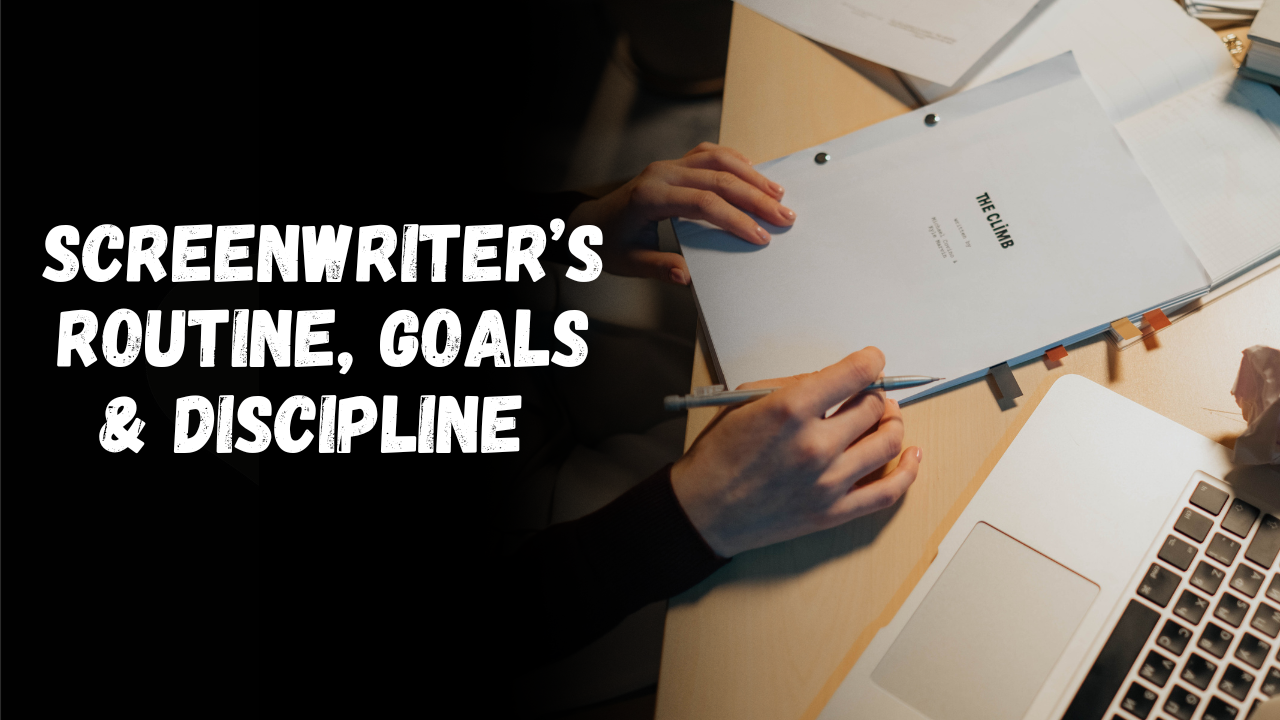
We often romanticize screenwriting as lightning-bolt inspiration, a muse whispering genius ideas at 2 a.m. while the writer types furiously in a creative trance. But the truth? Most successful screenwriters don’t rely on inspiration; they rely on routine, goals, and discipline. ⚡✍️
That’s not glamorous, but it’s the difference between “I’m working on a script” and “I just finished my fourth screenplay this year.”
💡 Why Routine Matters
Every working writer has a system, whether it’s writing 3 pages before breakfast, outlining every scene on Sunday night, or committing to one rewrite a week. Routine turns writing into a job, not a dream. It’s what keeps you moving forward when your enthusiasm dips.
When you build a routine, your creativity shows up because you do. You train your mind to associate certain hours, smells (coffee!), or even playlists with creative focus.
🎯 Why Goals Work
Goals give structure to ambition. Without them, you’ll keep tinkering with Act One for months. But with clear, measurable goals, you create accountability, something every professional writer understands.
Think of goals like plot points in your own writing journey:
- Act I: Start.
- Act II: Grind.
- Act III: Deliver.
🔧 Why Discipline Wins
Discipline is what keeps you writing even when you hate your script, doubt your idea, or fear rejection. It’s also what transforms amateurs into pros. A disciplined writer doesn’t wait for a greenlight; they create momentum on their own.
The good news? Discipline is a learned skill. You build it by showing up, even if it’s for 10 minutes a day.
🗓
Goal-Setting Blueprint for Screenwriters
💬
Because success isn’t magic — it’s momentum. 🎯
Daily Goal
Write 3 new pages or edit 5 old ones. 🧠
Weekly Goal
Finish Act I or outline a new idea. 🗓
Monthly Goal
Submit to one contest or fellowship. 💼
Quarterly Goal
Complete one full draft or rewrite. 🌟
Annual Goal
Pitch to three producers, reps, or industry contacts. ✅
Pro Tip: Copy this checklist into your Notes app or
calendar. |
|
|
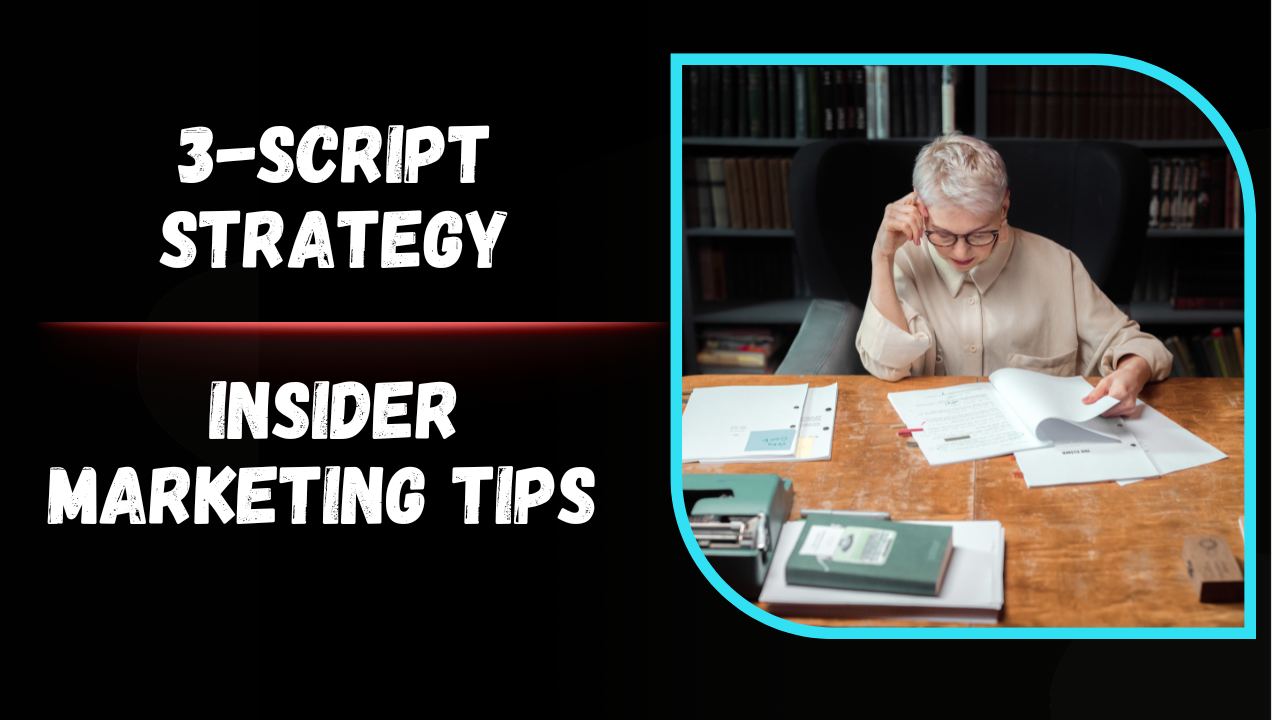
To read this article, please subscribe to the paid version of the newsletter. It's $8 a month or save 20% on a yearly subscription.
